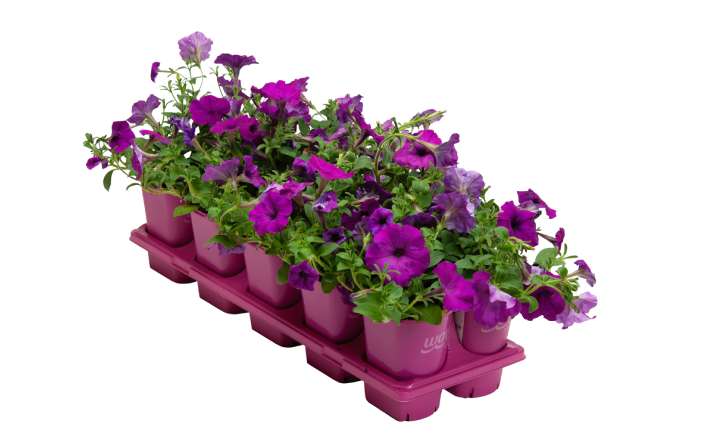Advice on Managing Spider Mites in Cannabis
Spider mites can feed on a wide host range of protected crops. As a result, they have the potential to become a major pest in the cultivation of medicinal cannabis.
Spider mites are easily spread through the crop on airborne web-threads, as well as on tools and workers’ clothing. The populations can develop fast, and colony sizes increase rapidly, especially in warm and dry conditions.
According to Biobest, the first signs of spider mite damage are patches of light-yellow stippling on leaves, caused by the larvae, nymphs, and adults feeding.
Learning to spot these early symptoms on leaves is key as, without intervention, these chlorotic patches can grow quickly, with characteristic webbing starting to develop as the pest population colonizes the plant.
It is critical to understand the optimal conditions in which both the pest thrives — not just the ambient conditions in the greenhouse, but the delicate veil of micro-environmental conditions on the leaf surface.
During the day, growing plants transpire water through stomata on the undersides of leaves, creating a humid microclimate under the leaves and within the canopy. This humidity is important for predatory mites, particularly Phytoseiulus. It is important to understand that air movement, if too fierce, can affect the microclimate and disrupt the humidity layer. Leaf density in the crop also plays an important role in maintaining suitable conditions for predators.
On the other hand, spider mites thrive in dry, hot conditions and are even susceptible to some fungal pathogens in humid conditions.
Continue reading here.









